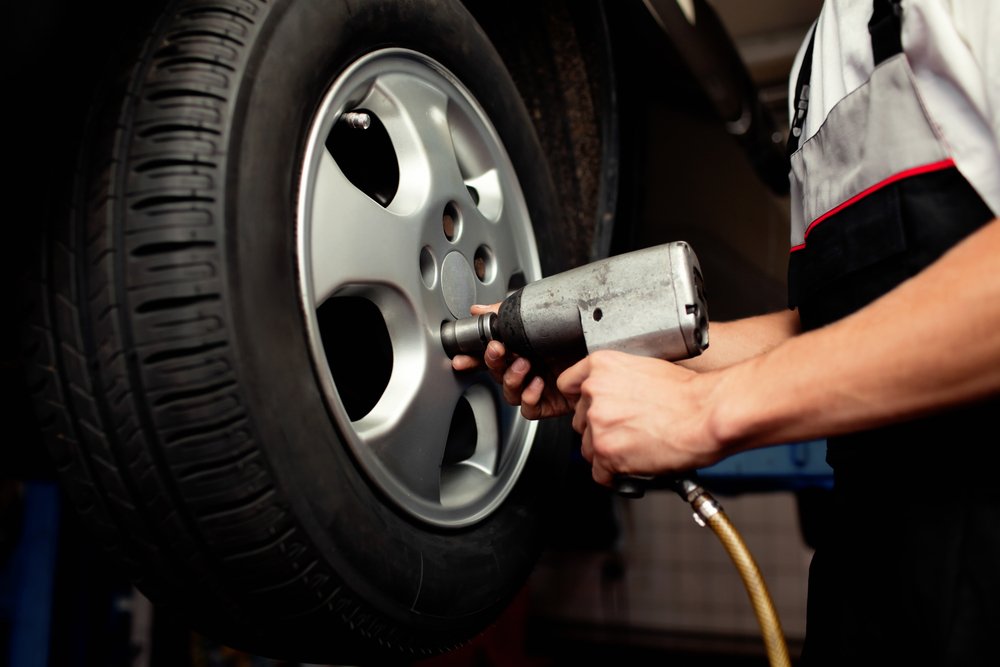
All vehicles are equipped with various filters to keep fluids and air in optimal condition for the driver.
The typical vehicle will have at least a pollen/cabin filter, a fuel filter, an air filter and an oil filter.
A good automotive service and repair shop will inform the vehicle’s owner to replace the filters at the appropriate time.
But are you explaining why? And are you providing them with the information they need to understand that not all filters are the same — value can differ considerably. Not to mention that it can be hard to recognize a poor-quality filter by the naked eye.
The COVID-19 pandemic shed a light on the importance of air quality in vehicles. Consumers are now more wary to let a clogged filter slide. With growing awareness regarding filters and their maintenance, analysis reports by Market Research Future suggest that the global market will record a robust CAGR of approximately 4 per cent.
Sales will increase as consumers demand better care in this area. Here are some insights on educating your customers specifically on oil filters.
Definition and function
An oil filter is fabricated of metal can along with a closing gasket, enabling it to be airtight firmly against the engine’s surface. The base plate of the gasket has various small holes across the space that is just inside the gasket. The central hole is looped to the oil filter system on the engine block.
The filtering material is situated inside the can, usually made from synthetic fibres. There are two significant kinds of oil filters: The cartridge/element type and the spin-on type. They both do the identical thing properly but in somewhat separate ways.
The oil filter’s purpose is to clean the engine oil of small carbon and metallic pieces constantly. Soot particles naturally break away from the moving engine elements as drivers use the vehicle. If gone unfiltered, the vehicle’s engine oil would become ineffective incredibly rapidly and cause catastrophic damage to the engine.
The particles wear down moving parts inside the engine, especially bearings. Sooner or later, the wear will be too much and the engine will seize. In case this happens, the owner either be looking for a new engine or a repair bill well into the thousands of dollars.
As the name indicates, an oil filter refers to the part responsible for keeping the engine oil clean. Because of the filters in the component, engine oil can pass through while experiencing a filtration process that allows it to be clean once it leaves the filter. The part filters out any outside pollutants, contaminants or particles and guarantees only clean oil goes through the engine.
Significance
The engine is perhaps the most vital part of any vehicle. The reliability and movement of the vehicle relies on its engine’s health. It’s simple to see why engine oil is vital to maintaining a vehicle —it’s accountable for maintaining the engine operating efficiently.
It lubricates the engine’s internal moving components and reduces friction-related issues. It also offers protection to the engine from any type of damage, corrosion, rust and any outside pollutants. On the other hand, as time passes, engine oil can also collect pollutants that can impede how well it protects the engine. This can put the complete internal system of the vehicle at risk.
Engine oil, as explained earlier, is vital to the engine’s health. If left alone engine oil can be inundated with small, hard particles over time that accumulate, wearing down the engine. Moreover, dirty oil can also damage the oil pump’s components and harm the engine’s bearing surfaces. Thus, engine oil must stay clean. This is where the idea of oil filters arrives.
The right filter
As oil filters perform a vital operation of maintaining the engine oil clean and the engine’s safety from pollutants, selecting the right filter is paramount. As most filters have identical parts and operate in identical manners, there are several slight variations in the designs and sizes, which can be essential to note.
It is the ideal choice to follow the owner’s manual coming with the vehicle to figure out the specific model’s features. An ill-fitting oil filter could break down, leak, or lead to wear and tear of other components — and a whole new set of headaches for the vehicle’s owner. As the technician, you are essential in ensuring that the customer gets the right and best filter for their vehicle.
There are a significant number of components that go into making a quality oil filter. Original equipment manufacturers outline what their vehicles need. It is up to the technician to ensure that the end customer is getting the part fabricated to their specific vehicle.
This ensures a trusting relationship.
Sagar Kadam is part of the Market Research Future team, which provides reports and market intelligence on various industries.













Leave a Reply